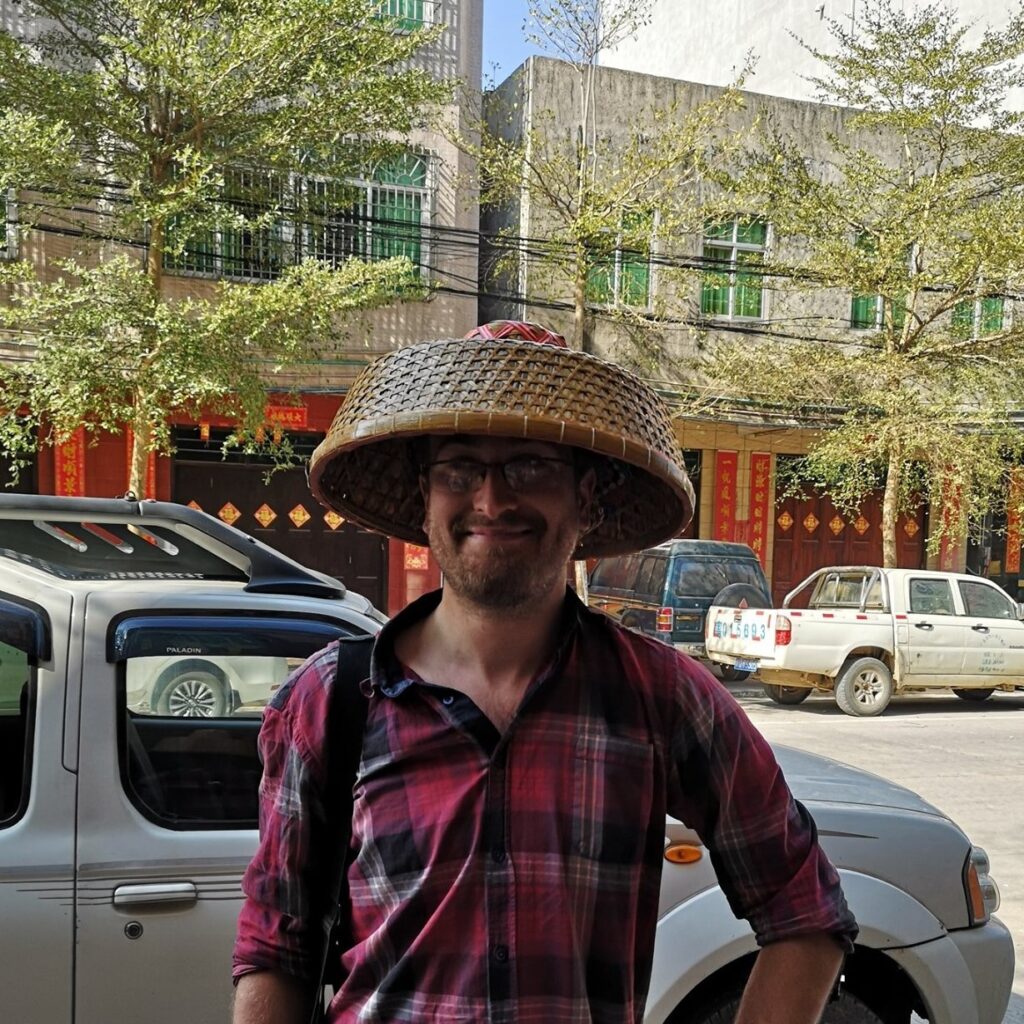
Dismantling of the Variscan Belt of Europe and Early Fragmentation of the Pangea: The Key Role of the Paleotethys Subduction
Bryan Cochelin actuellement à l’ISTO nous présentera sa recherche sur les structures crustales de la chaine Varisque.
Abstract
From Late Carboniferous to Middle Permian time, the West European Variscan Belt recorded a long period of reorganization coexisting with the final assembly of Pangea and its early dismantling. To understand the balance of forces in the Variscan lithosphere during late and post-orogenic events, 3D tectonic reconstructions are presented, gathering structural, magmatic, and metamorphic data and modern paleo-geodynamic reconstructions. In such a scenario, the key role of the enclosed Paleotethys Ocean is highlighted. It underwent subduction processes in the core of the Pangea supercontinent and interacted with the Alleghanian intracontinental collision to the west. This new model shows that Paleotethys subduction led to back-arc type extension in southern Europe and the creation of a free-edge absorbing part of the material transfers during the dismantling of the Variscan belt since the end of the Carboniferous. Back-arc extension was facilitated by earlier, Late-Carboniferous delamination processes, weakening the continental overriding plate. It culminated in plate-scale oroclinal bending in which the accommodation space is controlled by trench-directed deep crustal flow and strike-slip tectonics. It underscores that the rapid return to equilibrium of the Variscan crust was not solely due to gravitational collapse but was notably influenced by slab retreat since the end of the Carboniferous. Its implications on the origine and sources of the main ore deposits in Western Europe is then discussed in regards of this new plate-scale deformation model.


